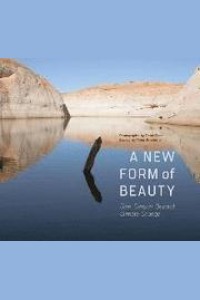
Liknande böcker
Tyne After Tyne : An Environmental History of a River's Battle for Protection, 1529-2015
Bok av Leona Skelton
Over the last five centuries, North-East England's River Tyne went largely with the flow as it rode with us on a rollercoaster from technologically limited early modern oligarchy, to large-scale Victorian 'improvement', to twentieth-century deoxygenation and to twenty-first-century efforts to expand the river's biodiversity. By studying five centuries of Tyne conservatorship, we can see that 1855 to 1972 was a blip on the graph of environmental concern, preceded and followed by more sustainable engagement and a fairer negotiation with the river's forces and expressions as a whole and natural system, albeit driven by different motivations. Even during this blip, however, many people expressed environmental concern. Several organisations, including the Tyne Salmon Conservancy (1866-1950), local governors, the Tyne's anglers and the Standing Committee on River Pollution's Tyne Sub-Committee (1921-1939), tried to protect the river's environmental health from harm, as they perceived it. This Tyne study offers a template for a future body of work on British rivers that shakes off the straitjacket of the Thames as the river of choice in British environmental history. And it undermines traditional socio-cultural approaches which reduce rivers to passive backdrops of human activities. Departing from progressive narratives that equated change with improvement, and declensionist narratives that equated change with loss and destruction, it moves away from morally loaded notions of better or worse, and even dead, rivers. This book refocuses on the production of new and different rivers and fully situates the Tyne's fluvial transformations within their political, economic, cultural, social and intellectual contexts. Let us sit with the Tyne itself, some of its salmon, a seventeenth-century Tyne River Court Juror, some nineteenth-century Tyne Improvement Commissioners, a 1920s biologist, a twentieth-century Tyne angler, shipbuilder and council planner and some twenty-first-century Tyne Rivers Trust volunteers. What would they disagree about? Would they agree on anything? How would they explain their conceptualisation of what the river is for and how it should be used and regulated? This book takes you to the heart of such virtual debates to revive, reconnect and reinvigorate the severed bonds and flows linking riparian places, issues and people across five centuries. By analysing the Tyne's past conservatorships, we can objectify ourselves through our descendants' eyes, reconnecting us not only to our past, but also to our future.
Visa pris inkl. frakt Inkl. frakt
Tyne After Tyne
900 kr
Finns i lager







